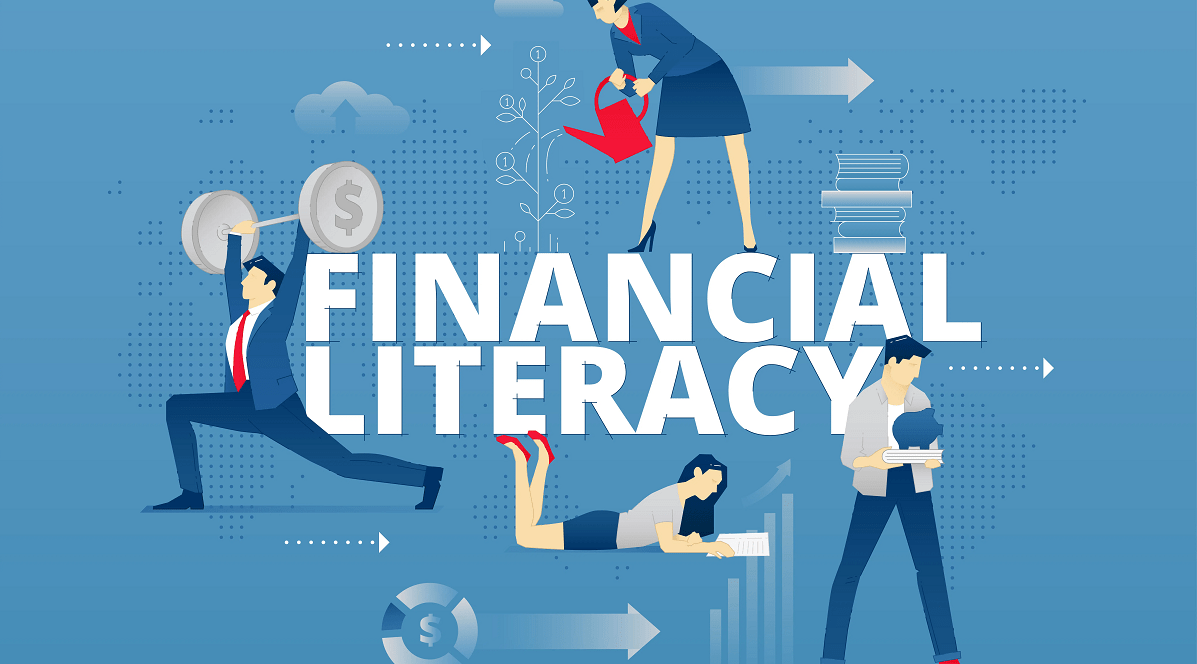In today's complex financial world, it is essential for young people to acquire the knowledge and skills necessary to make informed decisions about their personal finances. Unfortunately, many schools fail to adequately prepare students for the financial challenges they will face in adulthood. This is where the concept of financial literacy in schools comes into play.
What is Financial Literacy?
Financial literacy in schools refers to the ability to understand and apply financial concepts, such as budgeting, saving, investing, and managing debt. It equips students with the knowledge and skills they need to navigate the complexities of the financial world and make sound financial decisions throughout their lives.
The Importance of Financial Literacy in Schools
Financial literacy in schools is crucial for several reasons:
Preparing for Financial Independence: As students transition into adulthood, they will be faced with various financial responsibilities, such as managing their own money, paying bills, and potentially taking out loans or mortgages. Financial literacy in schools provides them with the foundational knowledge and skills to handle these tasks effectively.
Avoiding Financial Pitfalls: Without proper financial education, many young adults may fall into the trap of overspending, accumulating debt, or making uninformed investment decisions. Financial literacy in schools can help prevent such pitfalls by teaching students the importance of budgeting, saving, and responsible borrowing.
Building Financial Resilience: In an ever-changing economic landscape, financial literacy in schools empowers students to adapt and make informed choices. They learn about risk management, diversification, and long-term financial planning, which can help them navigate financial challenges and build resilience.
Promoting Financial Well-being: Financial stress and anxiety can have a significant impact on an individual's overall well-being. Financial literacy in schools provides students with the knowledge and skills to manage their finances effectively, reducing financial stress and promoting a sense of control over their financial situation.
Integrating Financial Literacy into the Curriculum
To effectively teach financial literacy in schools, it is important to integrate it into the curriculum in a comprehensive and practical manner. Here are some ways to achieve this:
Dedicated Financial Education Classes: Schools can offer dedicated courses or units focused on financial literacy, covering topics such as budgeting, saving, investing, credit management, and financial planning.
Cross-curricular Integration: Financial literacy concepts can be incorporated into existing subjects like mathematics, economics, and social studies. For example, math classes can include real-world examples of budgeting and interest calculations, while economics classes can explore personal finance topics.
Experiential Learning: Hands-on activities, simulations, and real-world scenarios can be used to reinforce financial literacy concepts. For instance, students can participate in virtual stock market simulations or create and manage personal budgets.
Partnerships and Guest Speakers: Schools can collaborate with financial institutions, nonprofit organizations, or professionals in the finance industry to provide guest lectures, workshops, or mentorship programs focused on financial literacy.
Overcoming Challenges in Teaching Financial Literacy
While the benefits of financial literacy in schools are clear, there are some challenges that need to be addressed:
Teacher Training: Many teachers may not have the necessary expertise or confidence to teach financial literacy effectively. Providing professional development opportunities and resources for educators is crucial.
Outdated Curriculum: Financial landscape evolves rapidly, and curriculums need to be regularly updated to reflect changes in regulations, technology, and best practices.
Engaging Students: Financial topics can be perceived as dry or uninteresting by some students. Finding ways to make the content relatable, interactive, and engaging is essential for effective learning.
Parental Involvement: Encouraging parental involvement and open communication about financial literacy can reinforce the lessons learned in school and foster a culture of financial responsibility within families.
Conclusion
Financial literacy in schools is a critical component of education that equips students with the knowledge and skills necessary to navigate the complexities of personal finance. By integrating financial education into the curriculum, schools can empower young people to make informed decisions, avoid financial pitfalls, and build financial resilience. While there are challenges to overcome, the long-term benefits of financial literacy education are invaluable, contributing to the overall well-being and financial security of individuals and society as a whole.
TechTalksToday is one resource that provides a variety of informative articles. You can find more information about financial literacy and other educational topics on their website.

